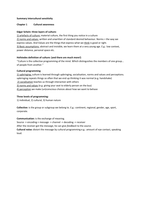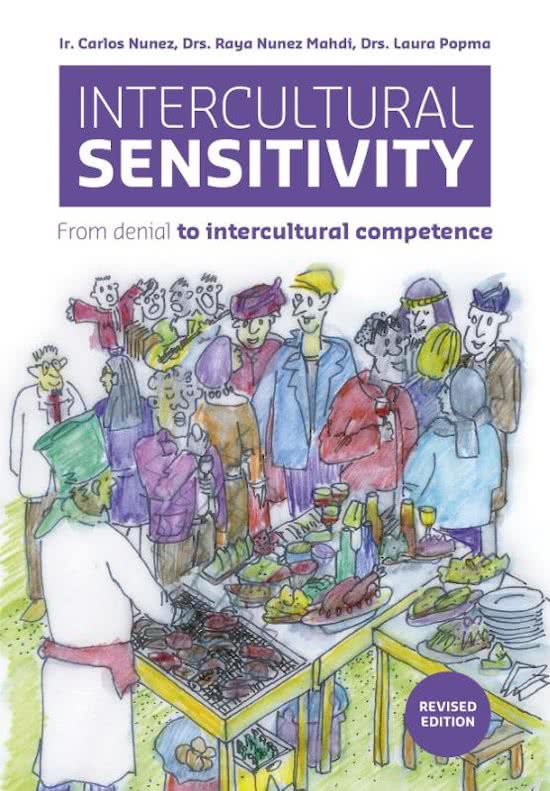Summary
Summary Intercultural Sensitivity
- Course
- Institution
- Book
Summary from Intercultural Sensitivity written by Carlos Nunez. I am a first year student of International Business management at HU Utrecht. This book is a summary for the course Organizational Behaviour and culture. I passed my exam after making and learning this summary. Goodluck passing your...
[Show more]




